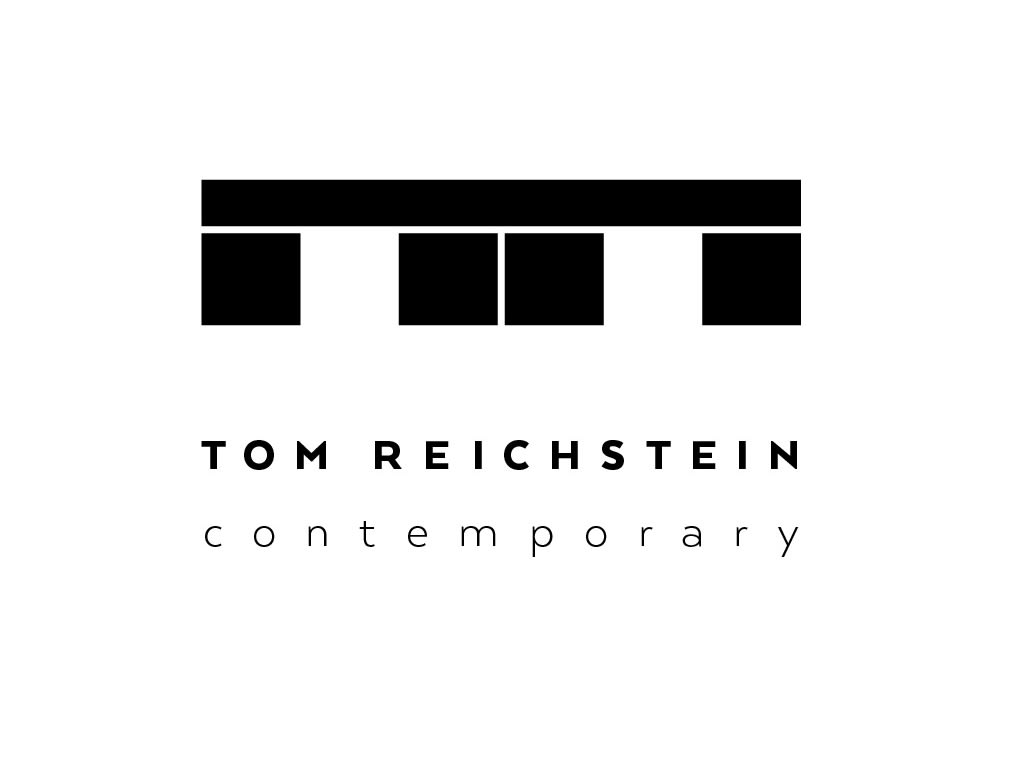Grand floral arrangements form the core of the exhibition "Aether". Grouped in vases, the plants, scaled to monumental dimensions, reference the tradition of the still life and, at the same time, vehemently distance themselves from it.
In his latest works, Daniel Mohr returns to a painterly zero point. In questioning the means and the making, he develops a visual language in which space and subject no longer meet but rather merge with each other. They intertwine into an ethereal structure where the balance of front and back, object and surrounding space becomes unstable.
This destabilized spatial order reveals the essence: the Aether. Rooted in Greek philosophy, since the 17th century, the term denotes the idea of a hypothetical substance. It was assumed that this massless fifth element permeated all space and carried light waves. Unfortunately, Aether could never be conclusively detected and was ultimately replaced by the theory of relativity[1]. However, this does not detract from Daniel Mohr's images, as art operates under its own laws.
Aether here describes how light breaks and is reflected on things, how the perspective thus fans out facet-like. It refers to a specific notion of space, or rather, the idea of an atmospherically charged interstice. It denotes the vibration around the depicted objects, the fleeting, intangible - ultimately the quintessence that gives the image its special effect.
In the exhibition, the Nature Morte thus presents itself as a pretext to explore the profound depth of their appearance by focusing on a superficially banal thing. The floral still life turns out to be a paradox, breaking with clichés and expectations, reinventing itself. In doing so, Daniel Mohr once again disproves the recently proclaimed death of painting in his images. He counters this with vital works that playfully pick up and synthesize formal aesthetic elements of painting from Cézanne, Van Gogh, or Matisse, referencing art history.
Once more, Aether plays a role: Just as its physical concept seems overcome, the question of whether painting is outdated is posed with new evidence in the age of artificial intelligence and painting robots. With the exhibition "Aether," starting from zero, Daniel Mohr achieves a point play: the artist is one step ahead of the critique. Against the positivist attitude fueled by AI and co., he sets a powerful example of dynamic painting, far from being declared dead.
Anne Simone Krüger

